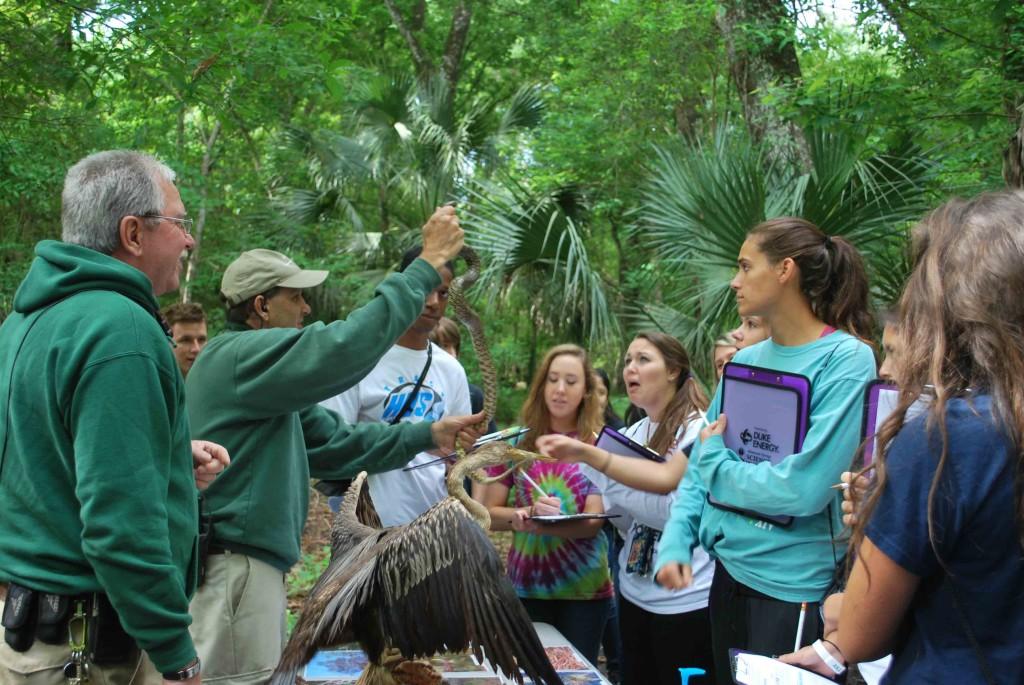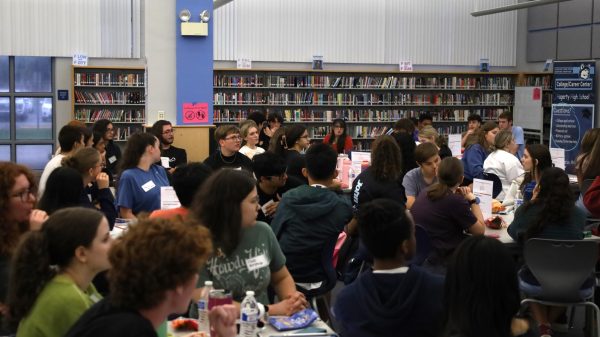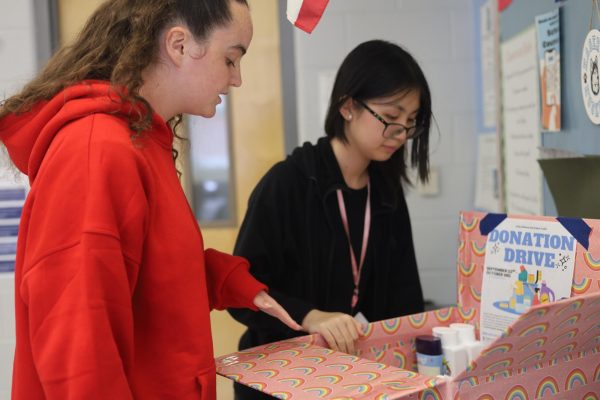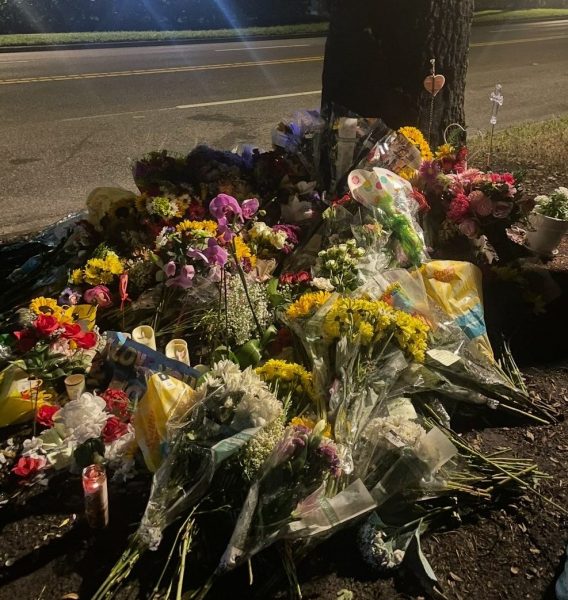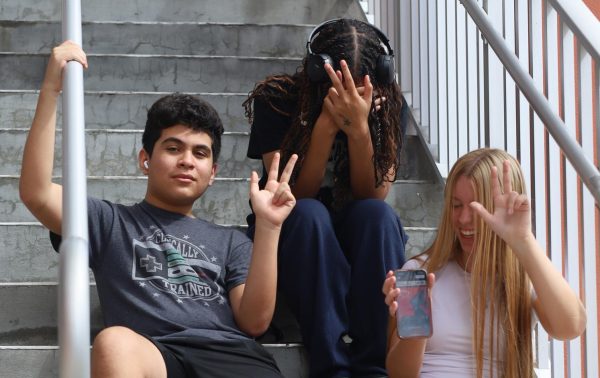AP Environmental experiences Florida nature
Instead of learning about the natural world through their AP Environmental Science textbook, AP Environmental Science students traveled to the Lake Lotus Learning Center March 31 and April 1 to experience the Florida ecosystem up close and personal.
“Actually learning about the flora and fauna right in front of us was more physical than learning about the same things from our textbook,” senior Nathan Fraas said.
Students from AP Environmental teachers Marc Pooler and Yvette Pigott’s classes took a bus to the nature center in Altamonte Springs on two separate days to accommodate the amount of students attending. Once there, students were split up into three groups and rotated through activities on effects of weather, human impact and different organisms.
In one activity, park rangers assisted students in sifting through organic lake matter, looking for the biodiversity that indicates water quality.
“I found a bright green Darner Dragonfly Larva, and the rangers explained to us how this dragonfly species spends most of its life as a larva and only two weeks as a dragonfly, which I never knew,” senior Nikki Meyer said.
Another activity involved students learning about the different organisms that lived in the park, including a family of Florida black bears, a mother and her two cubs, that had made the Lake Lotus Learning Center their home. Rangers also explained to students the importance of animal interactions and how they shape their environment.
“We learned about a keystone species, the gopher tortoise, that digs holes in the ground that other animals use later as shelter,” senior Tori Todaro said. “They also told us about how humans can harmfully affect the environment by harming these keystone species.” In Florida, companies are allowed to disrupt gopher tortoise nesting sites by laying asphalt and concrete over the holes as long as they are willing to pay a hefty fine.
The Lake Lotus Learning Center was completed last year as a replacement for the former Environmental Center, which was shut down during the recession. Because Seminole County gave the center a grant to build the facilities, Seminole County Public Schools were encouraged to take classes out on field trips to the center.
“The idea is that students will come to the center once or twice in elementary school, middle school, and high school, each time seeing the center in a new light as they learn more about their environment,” Pooler said. “Putting together a field trip is a daunting task for teachers, but I can’t teach nature out of a textbook.”
Your donation will support the student journalists of Hagerty High School. We are an ad-free publication, and your contribution helps us publish six issues of the BluePrint and cover our annual website hosting costs. Thank you so much!

